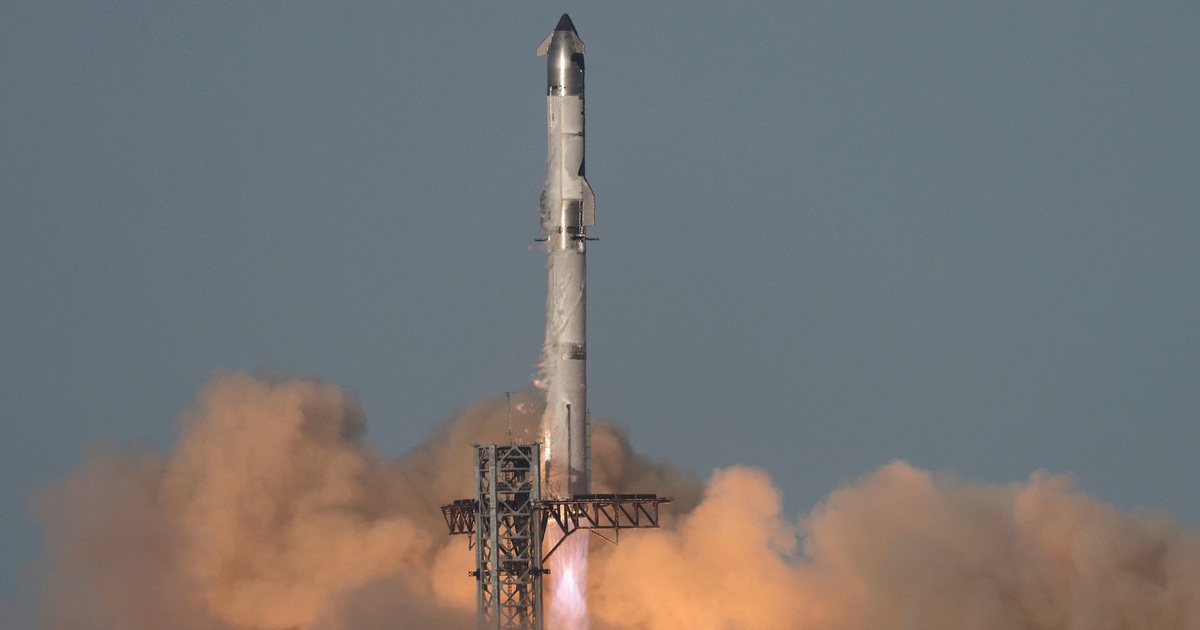Mahakumbh 2025: Tradition, importance of Akharas and their heads, read
Prayagraj: Preparations for Mahakumbh 2025 are in full swing, and one of its main attractions is the tradition of Akharas. Akharas are groups of saints and sages of Hinduism who lead the royal bath, yagya, and religious rituals at the Mahakumbh. A total of 13 Akharas are participating in this year’s Mahakumbh, which belong to Shaiva, Vaishnav, Udasin and Nirmal sects.
Importance and tradition of Akharas
Akharas were established for the protection of religion and spiritual practice. These Akharas are organized platforms for saints and sages, where they contribute to the propagation of religion and social service. The biggest event of the Mahakumbh is the royal bath of the Akharas, which holds the symbolic importance of bathing in the holy Ganga.
List of 13 Akharas and their heads
Shaiva Akhara
- Junapanth Akhara: The oldest and largest arena.
- Chief Mahant: Avadheshanand Giri
- Avahanni Akhara: Famous for deep meditation and penance.
- Chief Mahant: Harigiri Maharaj
- Invocation Arena: A group of warrior sages of the Shaiva tradition.
- Chief Mahant: Balakrishnananda Giri
- Atal Akhara: Famous for meditation and yoga.
Vaishnav Akhara
- Nirmohi Akhara: Lord Rama and preacher of Vaishnava devotion.
- Chief Mahant: Dharamdas Maharaj
- Nirmani Akhara: Pioneer in propagating Vaishnava tradition.
- Digambar Akhara: Major center of Vaishnav monks.
Sad and serene arena
- Nostalgia Arena: Group of followers of Guru Nanak.
- Nirmal Akhara: Confluence of Sikh tradition and Hinduism.
- Chief Mahant: Baba Balbir Singh
other arenas
- big sad arena
- new nostalgic arena
- Akhara Panchayati is very indifferent
- Akhara Panchayati new indifferent
Role and routine of Akharas
During Mahakumbh, Akharas organize worship, religious discourses and yagyas. Crowds of devotees gather in their camps. During the Shahi Snan the Akharas bathe in the Ganges accompanied by elephants, horses and traditional bands, a display of power and devotion.










